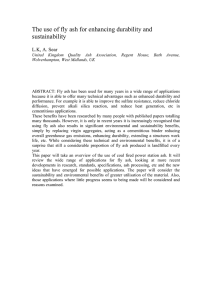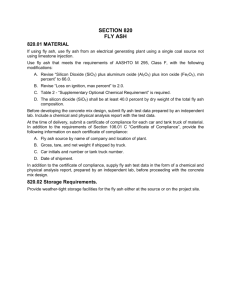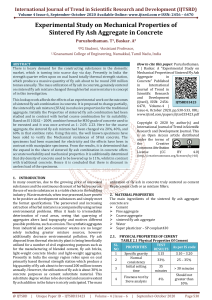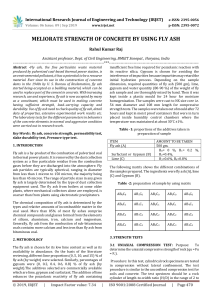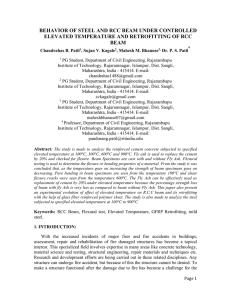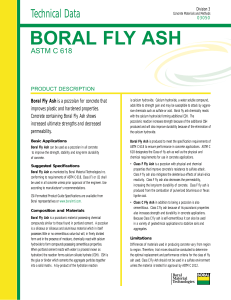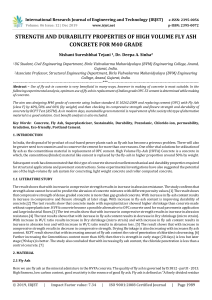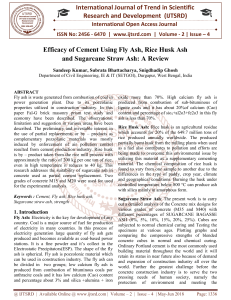Durability behavior of high-volume fly ash concrete.
advertisement
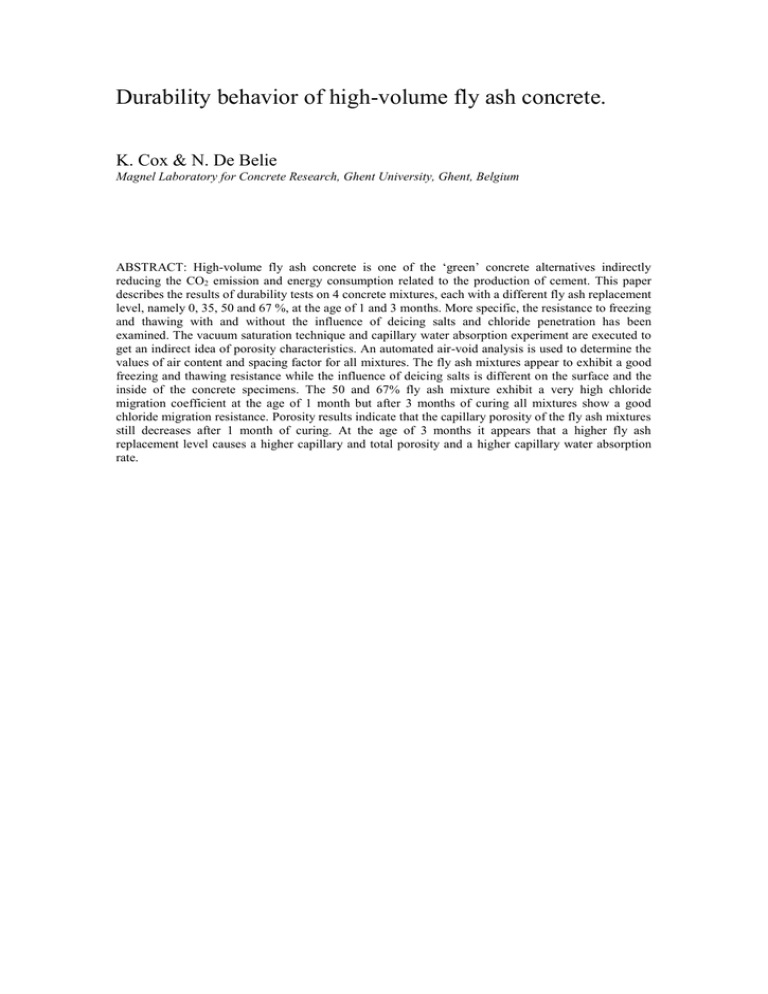
Durability behavior of high-volume fly ash concrete. K. Cox & N. De Belie Magnel Laboratory for Concrete Research, Ghent University, Ghent, Belgium ABSTRACT: High-volume fly ash concrete is one of the ‘green’ concrete alternatives indirectly reducing the CO2 emission and energy consumption related to the production of cement. This paper describes the results of durability tests on 4 concrete mixtures, each with a different fly ash replacement level, namely 0, 35, 50 and 67 %, at the age of 1 and 3 months. More specific, the resistance to freezing and thawing with and without the influence of deicing salts and chloride penetration has been examined. The vacuum saturation technique and capillary water absorption experiment are executed to get an indirect idea of porosity characteristics. An automated air-void analysis is used to determine the values of air content and spacing factor for all mixtures. The fly ash mixtures appear to exhibit a good freezing and thawing resistance while the influence of deicing salts is different on the surface and the inside of the concrete specimens. The 50 and 67% fly ash mixture exhibit a very high chloride migration coefficient at the age of 1 month but after 3 months of curing all mixtures show a good chloride migration resistance. Porosity results indicate that the capillary porosity of the fly ash mixtures still decreases after 1 month of curing. At the age of 3 months it appears that a higher fly ash replacement level causes a higher capillary and total porosity and a higher capillary water absorption rate.

